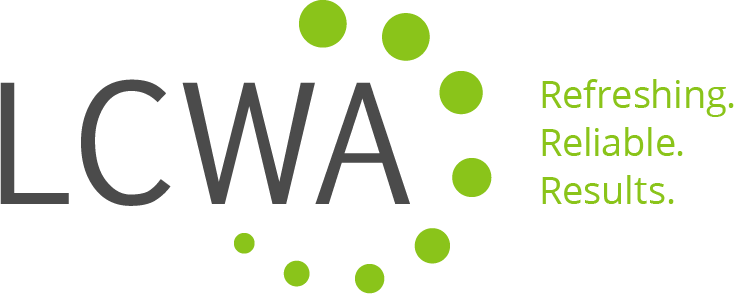The research group at LCWA does a lot of research to assess the effectiveness of internal communication and to identify opportunities and unmet needs. Here’s a quick rundown on why they should be done and what’s involved.
I’ve found that while these assessments are enormously valuable, many communicators don’t know when they’re needed, how they’re done or what to do with the results. In fact, communicators who may in the end buy an assessment are more likely to call for help wrestling with core communication issues. But they’re asking certain questions that foreshadow an assessment:
- “How can our communication vehicles be more focused on business objectives and more integrated?” or,
- “How can we rework communication to help the company face increasing competition and improve customer service?” or,
- “How can we know if our communication vehicles are doing the job?” or,
- “How can we prove to senior management wants that what we’re doing makes a difference?” or,
- “Do you think we’ll cause problems by discontinuing the newsletter and just doing it all online?”
It’s great that these questions being asked before changes are made. Too many communicators jump into retooling their internal communications system in the hope of improving their effectiveness but without any factual basis for assuming that will be the result. Effective change begins with understanding the organization and its employees. Important questions like those above are not likely to be adequately answered with canned responses. Some of the questions go right to the core of an organization’s culture and values. Actionable answers must come from the organization’s people and processes.
When I talk to communicators to clarify the issues they’re raising, potential objectives for an assessment begin to emerge. It’s these objectives that will determine the assessment’s scope. Objectives that flow from these discussions might include, for example:
- Determine the effectiveness of the overall internal-communication process;
- Determine how to leverage communicators in multiple divisions;
- Determine relevance and usefulness of various communication vehicles;
- Assess whether employee have received and understood key messages;
- Develop an ongoing process for measuring effectiveness of communication;
- Develop a fact-based, strategic internal communication plan.
With these objectives in hand, it’s time to move forward with an assessment. I’ll sketch the components of a typical internal communication assessment next time.

